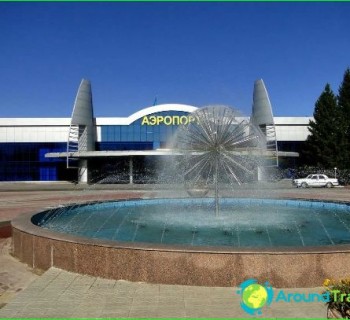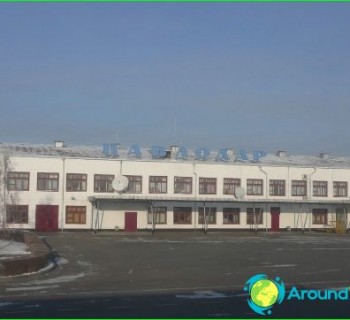Coat of arms of Kazakhstan
After the collapse of the USSR, many Soviet republics reached a new level of development of the country, changed the main state symbols, thus disowning the legacy of bygone times. This applies not only to the Baltic Latvia, Lithuania and Estonia, but also to the eastern republics. The coat of arms of Kazakhstan, like the flag and the anthem, appeared in 1992 after gaining independence.
Description of the Kazakhstan coat of arms
Firstly, very beautiful colors were chosen for the Kazakhstan coat of arms - gold and blue-blue, they symbolize the endless Kazakh steppes and the same endless sky overhead.
Secondly, at one time a competition was announced to create the main state symbols of the new independent country. In the final part, 245 projects (and 67 more descriptions) of the coat of arms of Kazakhstan were considered. This speaks of the high activity of the inhabitants of the country, their desire to create, indeed, a worthy symbol.
Authors of the coat of arms of Kazakhstan
Famous architects Zhandarbek Malibekov and Shot-Aman Ualikhanov were the winners. Malibekov was the author of numerous architectural projects for public and residential buildings in Samarkand, Fergana, Andijan and other cities of Kazakhstan. He also worked on the Commission for State Symbols. Valikhanov is a sculptor, in Soviet times he received the title of Honored Architect, and in 1990 he became a laureate of the State Prize. He is the author of monuments to famous figures of Kazakh politics and culture, the head of the creative group that developed the project of the Independence Monument (Alma-Ata).
Details and symbols of the Kazakhstan coat of arms
The main symbol of this Asian state is beautiful, filled with details, each of which carries an important semantic load. Important parts of the coat of arms of Kazakhstan are:
- the symbolic shanyrak, the upper part of the yurt;
- Tulpar, the mythical winged horse;
- the lights of a sun.
The Kazakh yurt was the main type of dwelling in the old days. This is a kind of symbol of the house for every native of the country. Happiness in such a house depends on each individual person who builds a dwelling or lives in it. In a general sense, the shanyrak can be interpreted as a common house, and since it resembles a dome in shape, then it is also a part of the universe..
The second important element of the coat of arms is Tulpar - a horse that has wings. But he is not at all like Pegasus, the ancient Greek symbol of poetic inspiration. The horses depicted on the main Kazakhstani symbol are a kind of realization of the dream of a strong state. Animals are placed on both sides of the coat of arms and serve as a kind of protection for the house (shanyraku). To protect not only the father's house, to protect the Motherland - this is how, in a broader sense, this symbol can be interpreted.


